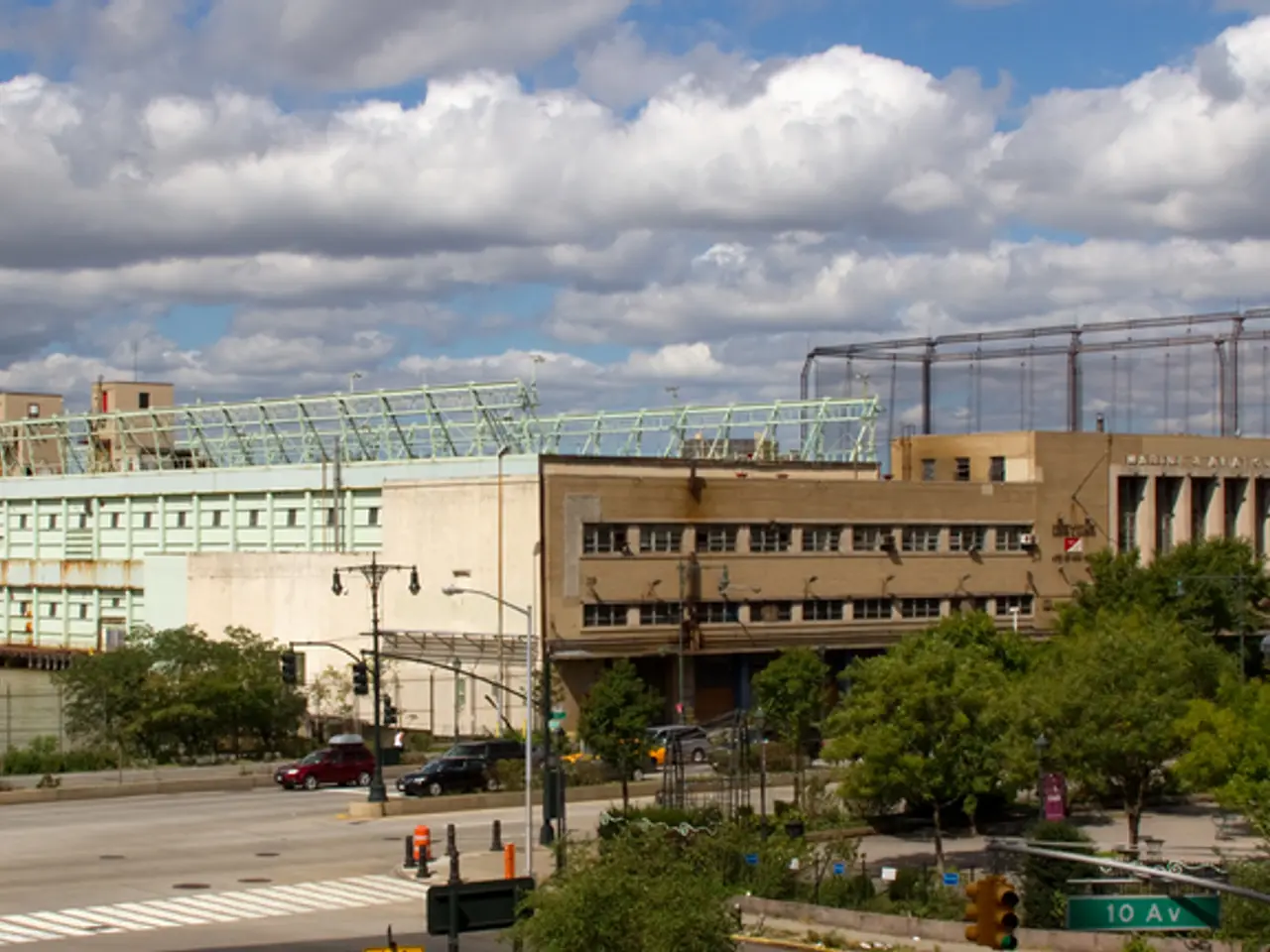Levee systems in areas hit by Hurricane Katrina require a billion-dollar investment for enhancements
The flood protection system in metro New Orleans, a network of 350 miles of flood walls and levees spanning five parishes, was rebuilt after Hurricane Katrina at a cost of billions. However, a study by the U.S. Army Corps of Engineers reveals that the system, known as the Hurricane and Storm Damage Risk Reduction System (HSDRRS), will no longer provide adequate protection by the year 2073.
The HSDRRS, which includes the world's largest surge barrier, has been successful in restoring confidence in the New Orleans area. Merlin Schaefer, owner of Schaefer Seafood, expressed satisfaction with the rebuilt protection system, stating that his business has returned to normal after a 10-year post-Katrina decline.
However, the system is sinking and losing height due to weak soils, general subsidence, and sea level rise. The Army Corps of Engineers knew about subsidence and sea-level rise when planning the system after Katrina, but prioritized speed in reconstruction, building a system that would provide adequate protection only through 2057.
Congress directed the Army Corps to raise levee heights and strengthen the New Orleans-area levee system to achieve certification required for participation in the National Flood Insurance Program (NFIP). However, federal laws that paid for building the system did not provide funding for the future lifts necessary to maintain the system's elevations.
As a result, $1.1 billion is needed to lift 50 miles of levees, replace a mile of flood wall, and add 2.2 miles of flood wall. The Louisiana coast is notoriously difficult to protect from hurricanes, and the region's soft soil continues to compress under the weight of levees and concrete flood walls, further exacerbating the problem.
The New Orleans area has the highest concentration of flood insurance policies sold by the NFIP, with six out of the top 10 counties being in the area. Despite most of the new protection system being complete, the area's population has not grown since 2012. Insurers seem reluctant to write policies covering damage from wind and other nonflood events in Jefferson Parish and Orleans Parish, which encompass New Orleans.
Mark Davis, an environmental law expert at Tulane University Law School, wrote that Congress' mandate to quickly make the city eligible for flood insurance lowered the protection level provided by the rebuilt system. The system's fragility and economic importance have necessitated federal and state agencies to elevate shrinking levees.
Sea levels along the Southeast and Gulf coasts have risen at unprecedented rates since 2010, according to a Tulane University study. The Army Corps of Engineers has stated that the HSDRRS, like any levee system, would need periodic lifts in order to maintain the elevations needed to provide a 100-year level of risk reduction.
Despite these challenges, 74 percent of homes in Jefferson Parish, immediately west of New Orleans, have NFIP coverage. The rebuilt levee system has been a significant step towards protecting the city from future disasters, but ongoing maintenance and upgrades will be necessary to ensure its effectiveness in the face of rising sea levels and subsiding land.
Read also:
- Nightly sweat episodes linked to GERD: Crucial insights explained
- Antitussives: List of Examples, Functions, Adverse Reactions, and Additional Details
- Asthma Diagnosis: Exploring FeNO Tests and Related Treatments
- Unfortunate Financial Disarray for a Family from California After an Expensive Emergency Room Visit with Their Burned Infant








